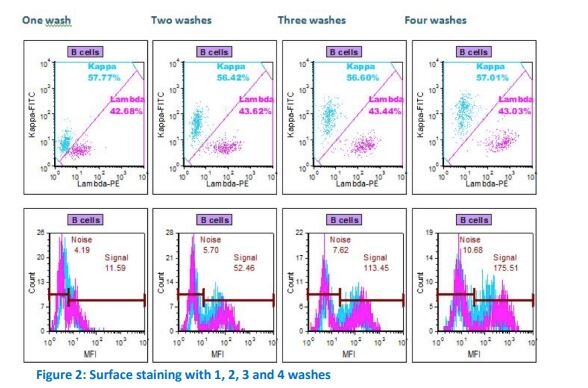
Flow Cytometry Home Page
Let’s start with a brief survey
Course leadership
Lucy Fu, MD, MSc | Kristy Wolniak, MD, PhD
How to contact us
The best way to get in contact with your course leadership is through this form. Once you fill out the contact request form with your email, one of the professors listed above will reach out to you directly with an answer to your question.
How to succeed in this course
Register, take the pre-course survey, and finish with the post-course assessment
Read all material posted on the course website
Engage with other classmates and course leadership on twitter with #FlowPathElective
Do not hesitate to ask questions—we are here for you!
Enjoy you time learning about flow cytometry!
Course objectives
Recall clinical scenarios where flow cytometry is necessary for diagnosis and patient care
Understand the basics of flow cytometric analysis including general diagnostic principles, common sample types, and data collection
Apply flow cytometric findings to diagnose commonly encountered diseases
BONUS: further explore material related to flow cytometric analysis and related clinical applications
Technical help
Use the Contact Us page for for general technical help
Disclaimer:
Course materials have either been created specifically for PathElective.com or curated from free sources. When the course links to an outside source or link which is free, PathElective does not claim ownership or any rights to that material - we are merely promoting excellent pathology education with all due credit to original authors
Before continuing, make sure you have taken the pre-course assessment
Step 1. Watch the introduction to flow cytometry video
Step 2. Watch the International Clinical Cytometry Society (ICCS) lecture on flow cytometric analysis of low-grade B-cell lymphomas
Step 3. Complete the self-guided ICCS online module on follicular lymphoma
Some bonus resources:
5. Introduction to Flow Cytometry
3. Light Chain Assessment
1. Flow Cytometric Applications in the Diagnosis of Acute Myeloid Leukemia
2. International Guidelines for the Flow Cytometric Evaluation of Peripheral Blood for Sezary Syndrome / Mycosis Fungoides
10-12. The Use of Flow Cytometry in the Assessment of Lymphblastic
Great resource for junior
Congratulations!
You have successfully completed the “Flow Cytometry" course. In order to get your course certificate, please complete the exam and satisfaction survey linked below.
If you do not receive your certificate with 10 minutes of completing your exam, please contact us.



